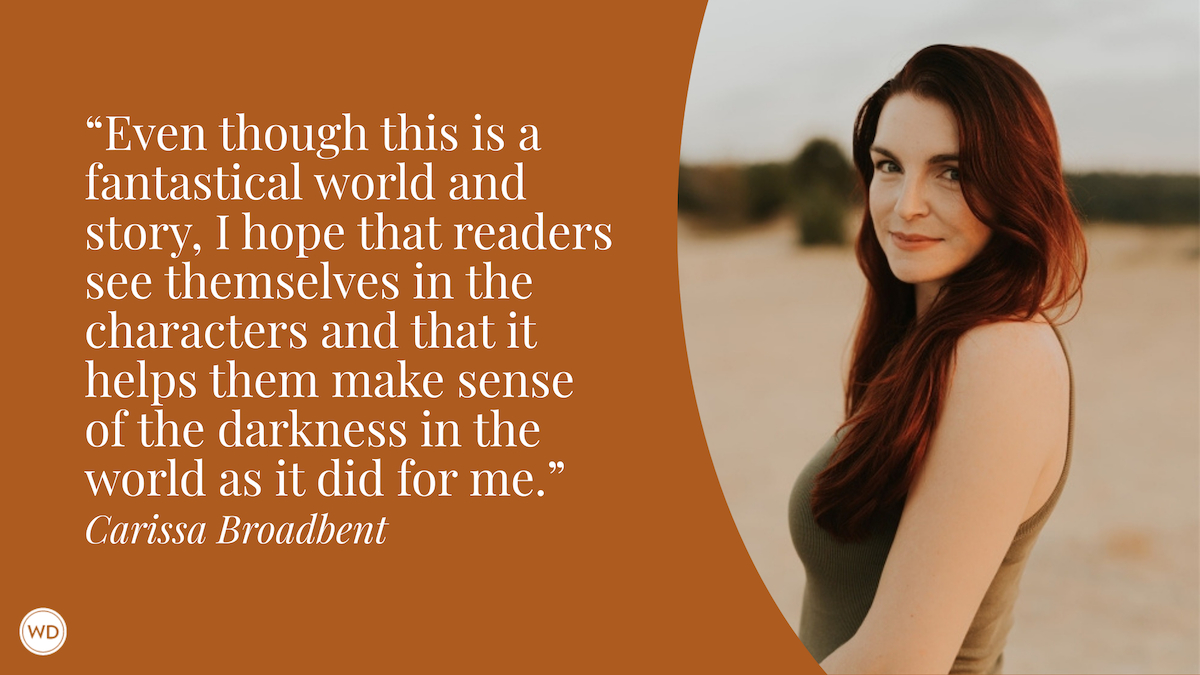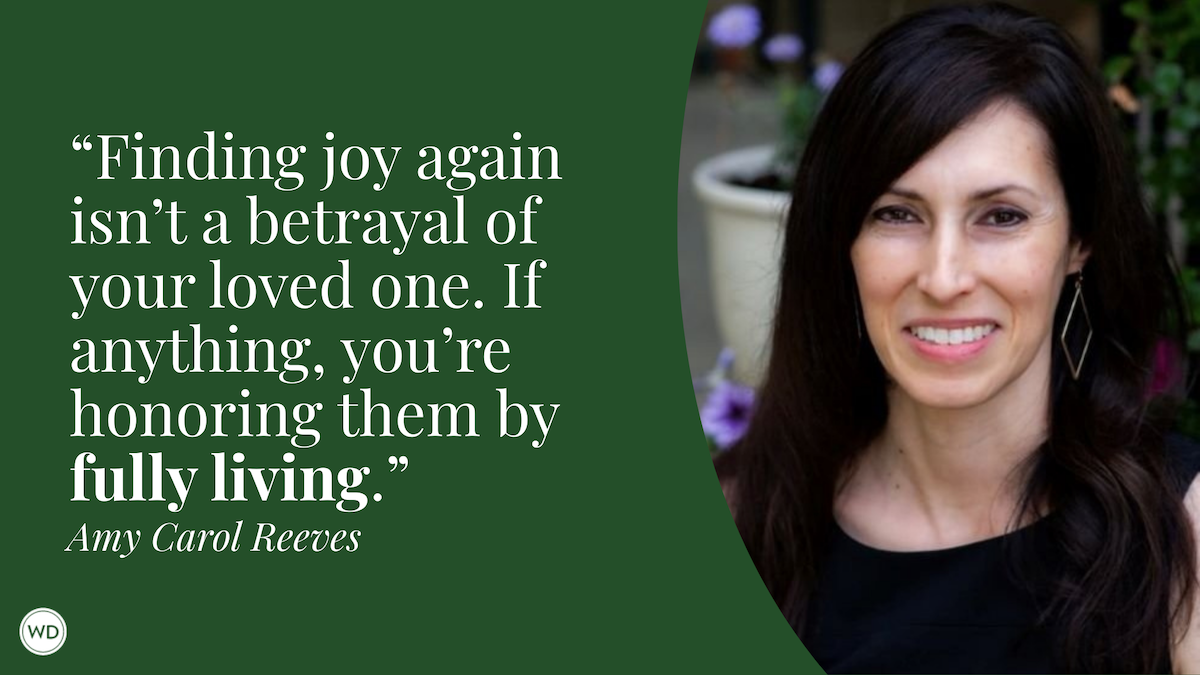10 Rules of Writing a Foodie Mystery
Author Jennifer J. Chow shares 10 rules of writing a cozy mystery with a healthy side of food.
I grew up working in a family restaurant, so writing culinary cozy mysteries (L.A. Night Market Mysteries) was a natural fit for me. After all, these whodunits involve mouthwatering descriptions alongside the usual clever clues.
If devouring these kinds of tasty books also inspires you to write a foodie mystery, you’re in luck. I’ve been reflecting on my creative process, and I’m happy to share my top 10 tips for aspiring writers. In no particular order, here are my thoughts on how to best combine death and dining to craft a satisfying read.
Consider offering recipes in your book.
One of the joys in reading a cozy series is finding the extra bonuses at the end of the books. For culinary mysteries, these tend to be recipes for dishes mentioned throughout the story. This feat requires creating and writing down recipes (or begging friends and family to lend theirs to you). Be aware that making a new recipe might involve cooking many variations of the same dish—and warn the people around you who might have to serve as frequent taste testers.
Pro tip: Technically, you can only copyright the instructions and not the ingredients in a recipe, so get your inspiration from other cooks. Take some base recipes and tweak them to make your own personal spin-offs.
Add food descriptions to multiple scenes.
Readers with a foodie mindset want to be immersed in the food described on the page. Make sure to use multiple senses when describing the eating experiences within your story. Go beyond taste or sight, and involve sounds, fragrances, and textures.
Caveat: I once had an irritated reader come up to me at an event. They complained about how they’d been trying to hunt down my (fictional) restaurant with no luck whatsoever.
Feed your characters—and often.
Allow your protagonist(s) to take their time to eat and drink throughout the storyline. This goes for main meals, as well as snacks and drinks. The unintended writing perk is that you’ll end up varying the plot’s pace, which can provide a more realistic rhythm to the sequence of events.
Behind the book: In my Sassy Cat series, Mimi’s family enjoys board game night together. Beyond the games, the highlight of the event is the requisite huge array of delicious snacks.
Collect killing options from the environment.
The kitchen can be a great source of danger—for your intended fictional victim. Please take advantage of the deadly environs to inspire your method of murder. Options include using sharp knives, boiling water, poisoned food, and more.
Behind the book: In the case of Hot Pot Murder, the meal in the opening chapters results in a shocking (and fatal) end for one of the diners.
Order Jennifer J. Chow's Hot Pot Murder today.
Label all your culinary outings as research.
That’s right. Reserve the right to treat yourself to a meal and get literal fodder for your plots. (Although, in a pinch, there are plenty of foodie blogs and videos that can also help you out as you create a story.)
Pro tip: If you’re writing a culinary cozy, the books within a series will often have related types of food (e.g. a specific cuisine), so do research on those particular offerings to inspire plot points or recipes.
Dive into specific food terminology.
Choose a plethora of tasty courses to put in your manuscript. Sometimes, though, the same dish might have a different name. In one book, I went back and forth with my editor on whether to call the described appetizers as “spring rolls” or “summer rolls.”
Side note: Choose your preferred term for the dish mentioned above: I wrote about the Vietnamese fresh rolls which have vermicelli noodles, herbs, leafy greens (and often shrimp or some type of meat), all wrapped up in delicate rice paper.
Snap as many pictures as possible.
Act like a professional photographer and take lots of foodie shots. These can become the springboard to inspire the artist designing your cover. While there are royalty-free photos you can peruse online, I think using your own pics (and having the actual eating experience) can unleash creative thoughts surrounding the exterior and interior designs of your book.
Pro tip: Train your family and friends to not eat until you’ve first taken pictures of their food.
Dig into your past experience.
If you’ve ever been involved in the food industry, try to add that authenticity to your story. This is the appropriate time to dish (pun intended) about cranky customers, spilled drinks, or greasy sneakers.
Fun fact: I still remember peeling carrots at my family’s restaurant and having my hands turn orange right before my very eyes.
Invent fun titles for your books.
The great thing about foodie mysteries is that you get to juxtapose crime and comestibles on the front cover. Keep a running list of possible (and perhaps punny) titles with various combinations of [name of food] + [death synonym].
Pro tip: Provide several options for your editor to select from because they might not like all (or any—speaking from experience here) of the choices.
Indulge in rewards.
Writing is a tough business. After every milestone (a finished draft, an edited manuscript, etc.), reward yourself with a favorite edible treat. This provides both energy and inspiration for your next work.
Fun fact: For me, I’m fond of celebrating with a mug of steaming teh tarik or a chilled glass of bubble tea.
Hope you’ve found these foodie writing tips helpful. As the case when customizing a recipe, feel free to change up these various steps and pop in your own personal ingredients of creativity. Happy mystery writing, fellow food lovers!
Jennifer J. Chow writes cozies with heart, humor, and heritage. She is the twice-nominated Lefty Award author of the Sassy Cat Mysteries. The first in the Sassy Cat series, Mimi Lee Gets A Clue, was selected as an OverDrive Recommended Read, a PopSugar Best Summer Beach Read, and one of BuzzFeed’s Top 5 Books by AAPI authors. Her new series is the L.A. Night Market Mysteries, and the first book, Death by Bubble Tea, hit the SoCal Indie Bestseller List multiple times. It was featured in CrimeReads’ Most Anticipated Crime Books of 2022, Bustle’s Most Anticipated Books of July 2022, and Book Riot’s Best Mystery, Thriller, and True Crime Books Out in July. The New York Times said of the novel: "Yale and Celine's growing loyalty to each other, coupled with the warmth of Chow's prose, adds extra depth, just like the tapioca balls nestled in a glass of bubble tea.” Jennifer currently serves as Vice President on the national board of Sisters in Crime and blogs at chicksonthecase.com. She is also an active member of Crime Writers of Color and Mystery Writers of America. Connect with her online at JenniferJChow.com. Find her on Facebook | Twitter | Instagram









